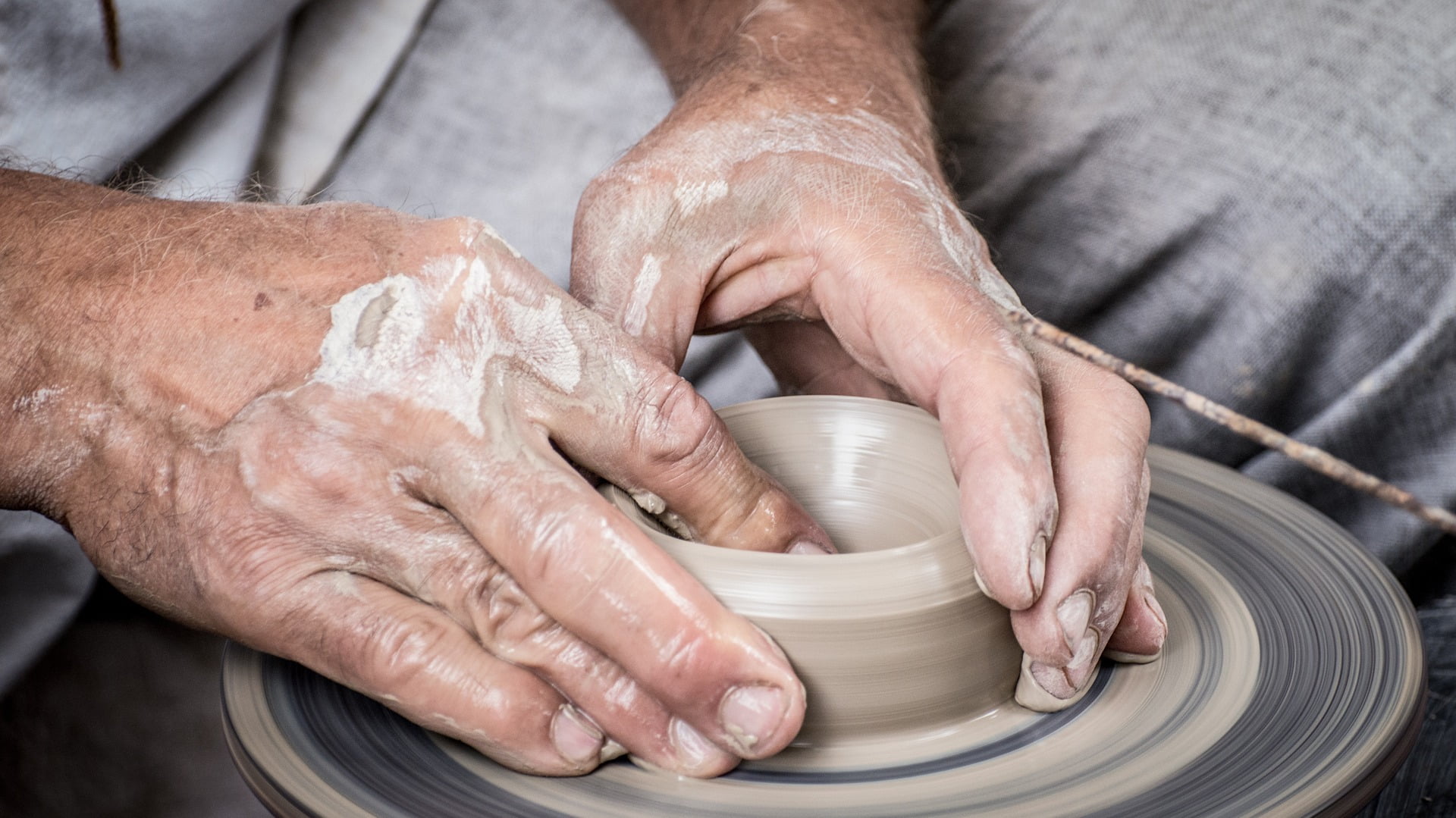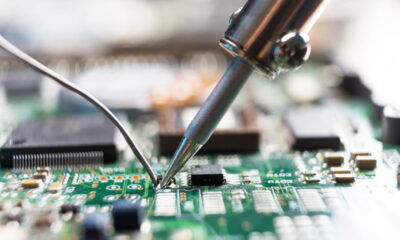There are a lot of variables that you need to take into consideration when you are trying to live an eco-friendly lifestyle. You have to think about the types of home improvements that you can make to lower your carbon footprint, such as installing solar panels. You have to think about ways to reuse clothes to be more focused on zero waste.
However, one change the eco-conscious consumers don’t always consider is the types of hobbies that they partake in. Some hobbies, such as jet skiing, leave a huge carbon footprint relative to others. You can actually lower your carbon footprint quite a bit by using eco-friendly, DIY hobbies like sustainable gardening.
Choose Eco-Friendly DIY Hobbies to Lower Your Carbon Footprint
DIY is not merely a way for homeowners to save a penny on chartered builders and decorators; it is a hobby that is steadily increasing in popularity, as YouGov reports it the 8th most popular physical activity in the UK. Many of these projects have become a lot more focused on sustainability these days. But what if you’ve never picked up a tool before? Here’s a quick guide to starting out on your own DIY projects, from the up.
Tools of the Trade
In order to embark on your own sustainable DIY projects, you will need the requisite tools to be able to work safely and efficiently. You also need to make sure that these tools are fashioned from sustainable materials, such as wood or even recyclable, toxin-free plastics.
For starters, you will need a workbench. You can either install one in unused garage space, or purchase a portable workbench to enable you to work anywhere. Next you should invest in a range of power tools such as the Milwaukee M18 range, which enables you to use the same battery pack for a variety of tools and uses. One of the benefits of this tool is that it is more energy efficient than many alternatives, therefore making eco-friendlier. You should also try to extend the life of your tools to reduce waste and the need to repurchase them. Such as sharpening tools like saws or drill bits to prevent them from going blunt.
You will also want a wide range of regular and traditional tools that are good for the environment, to enable you to tackle any project that comes your way: planes and chisels for shaping wood to fit; screwdriver sets for furniture, appliances and unit installations; and a variety of saws and files for DIY woodworking. If you intend to tackle more involved DIY projects, such as consumer electronics or even your home’s electrical wiring, you’ll want to invest in electrical engineering tools such as a multimeter, soldering iron, crimping tool and pliers. Make sure that you check the sustainability ratings on sites that evaluate products according to their carbon footprint.
Core Skills
To start on DIY projects as an eco-friendly hobbyists you will need to become a jack of all trades, so to speak; DIY with the aim of home improvement will lead you to requiring a number of different skills, depending on the task at hand. For example, you may take it upon yourself to paint your kitchen backsplashes, meaning you’ll need to learn how to cut in effectively. In fitting doors, you’ll need to be handy with a chisel and plane, to get the door flush with its frame and clear of the threshold below. If you find yourself leaning towards building your own furniture and storage from scratch, then some basic knowledge on woodworking processes such as joints and finishing would go a long way. But the most important skill by far, especially for budding DIYers just starting out, is patience. You will get things wrong, and you will have to try something again – but with perseverance, you will improve, and your results will speak for themselves.
It will be challenging to become an eco-friendly hobbyist. You will need to follow the right steps in order to do these projects effectively.
Starting on an Eco-Friendly Project Will Be Easier if You Take the Right Steps
You need to partake in the right hobbies if you want to follow an eco-friendly roadmap to living a healthy and happy life. The key to success for any DIY project is preparation and eco-friendly hobby projects are no exception. If the project is something you’ve never done before, such as grouting tiles in your bathroom, don’t rush in with a hasty materials order and a sense of adventure. Take your time, research the task at hand and the materials you will need. This is true for any sustainable DIY project: research the process, and take care in ordering the relevant materials. If you can afford to, it helps to order more raw materials than you need, in case you need to start again.
With the materials in hand, you can now draw up a healthy schedule in which to complete the task, taking into account any waiting periods – such as letting paints, varnishes or glues dry. Having reasonable expectations for your timetable will give you ample time to take care in your given project; haste makes waste.
Lastly, it’s important that you approach your projects with a sense of fun. DIY can be an excellent way to cut costs, but it can also be a gateway to learning more practical skills, and getting in touch with yourself in the process. As such, it is a positive learning process with a huge pay-off: a measurably better home to live in.


























